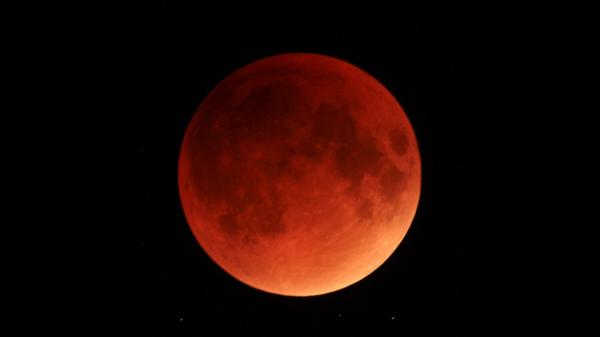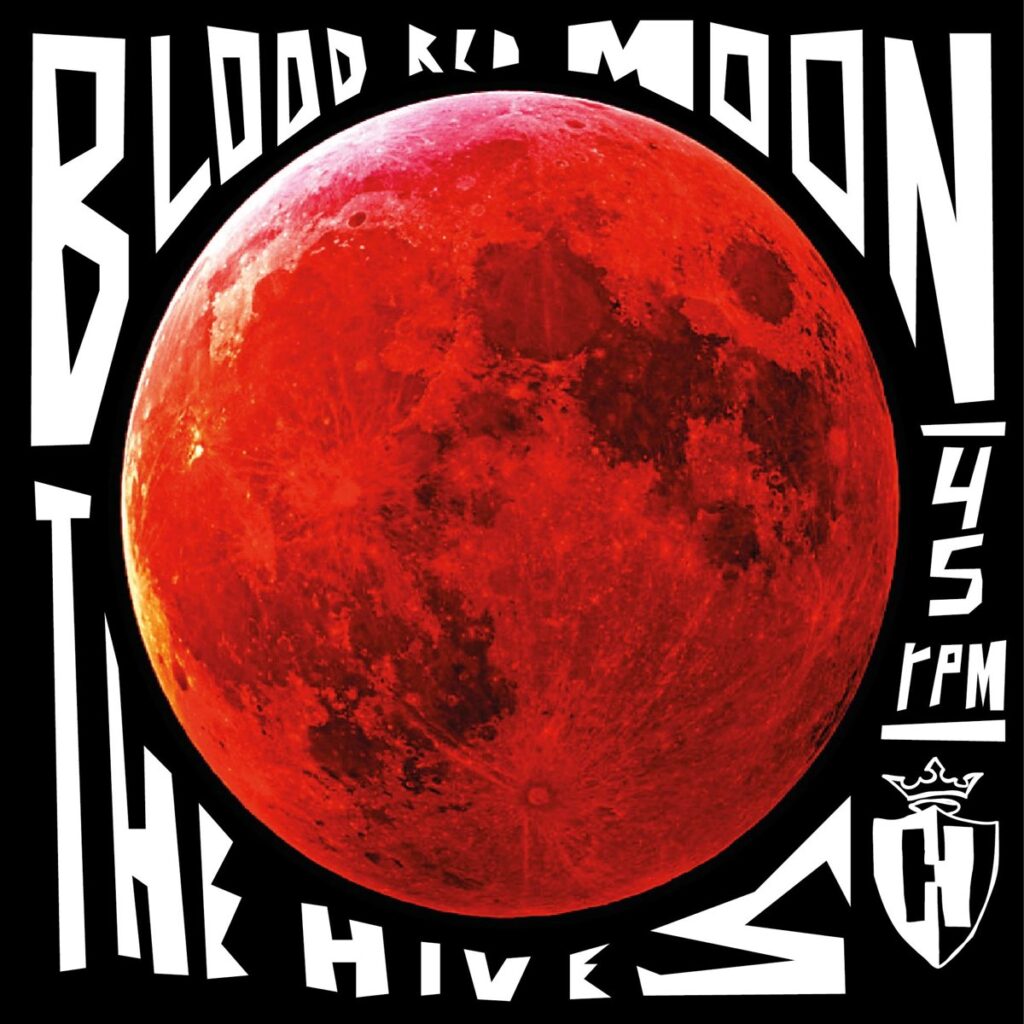Blood Moon, You Knew Just What…
A partial lunar eclipse happened on October 28-29, visible on one side of the earth; this occurs during a full moon when the sun and the moon align on opposite sides of Earth. It’s sometimes called a “Blood Moon.” Why?

The term Blood Moon is used to refer to four total lunar eclipses that happen in the span of two years—called a “lunar tetrad.” The eclipses in a tetrad occur about six months apart. Lunar tetrads are rare, so it’s no surprise that sometimes special meanings are given to their occurrence.
Some religious scholars have called the eclipses Blood Moons after a verse in the Bible’s Book of Joel, which referred to the sun darkening and the moon turning red before the second coming of Jesus. The last lunar tetrad was in 2014 (check out our entry in HemaBlog!) and some people may have believed that this was a sign of end times.
But, we are still here!
Scientists believe that the moon may look red during a total lunar eclipse because of sunlight that is filtered and refracted by Earth’s atmosphere. From the website “earthsky.org”:
“The reason stems from the air we breathe. During a total lunar eclipse, the Earth lies directly between the sun and the moon, causing the Earth to cast its shadow on the moon. If Earth didn’t have an atmosphere, then, when the moon was entirely within Earth’s shadow, the moon would appear black and invisible.
“Thanks to Earth’s atmosphere, what actually happens is much more subtle and beautiful. Earth’s atmosphere extends about 50 miles above Earth’s surface. During a total lunar eclipse, when the moon is submerged in Earth’s shadow, there is circular ring around Earth – the ring of our atmosphere – through which the sun’s rays pass.
“Sunlight is composed of a range of frequencies. As sunlight passes through our atmosphere, the green to violet portion of the light spectrum is, essentially, filtered out. This same effect, by the way, is what makes our sky blue during the day. Meanwhile, the reddish portion of the spectrum is least affected.
“What’s more, when this reddish light first entered the atmosphere, it was bent (refracted) toward the Earth’s surface. It’s bent again when it exits on the other side of Earth. This double bending sends the reddish light onto the moon during a total lunar eclipse.”

We will have eight tetrads from 2001-2100. The first tetrad of the 21st century took place in 2003-2004, the second was in 2014–2015, and the next will be in 2032–2033, with the following eclipses: April 25, 2032, October 18, 2032, April 14, 2033 and October 8, 2033!
While you wait for it, Google music + Blood Moon and you will hear some interesting music, like this cool one from The Hives. https://www.youtube.com/watch?v=D7heQB5ST3g
Google “Blue Moon” and you will hear something completely different!
If you missed the full moon, partial eclipse and Blood Moon, prepare for it in ten years… which hopefully will not be end times!

